5 Styles of Creative Journaling
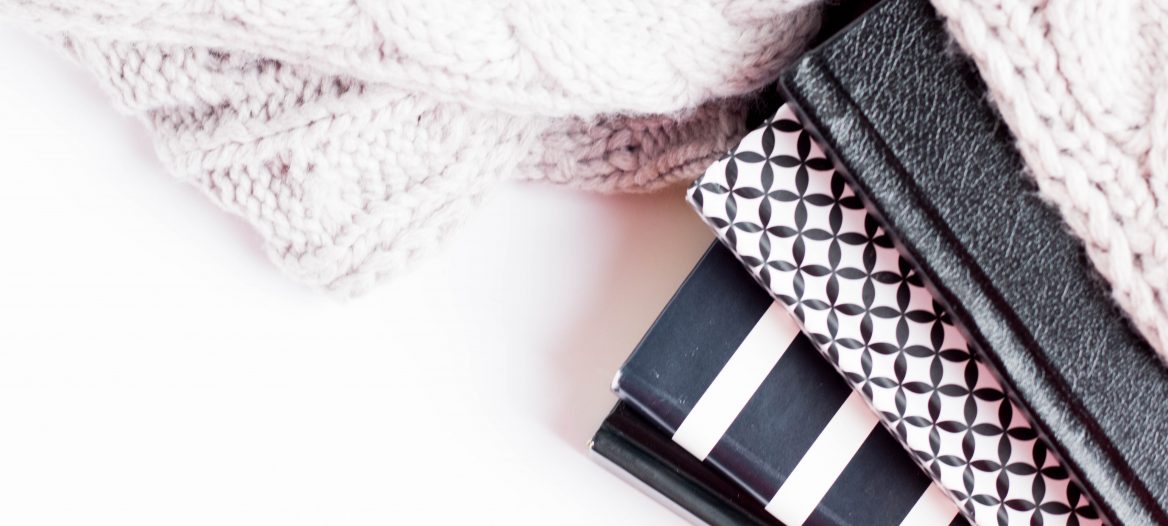
Interested in generating new creative journaling ideas? You’re in the right place. This post is the final instalment in our 5-part blog series on creative journaling, which can also be used as a ‘take it anytime’ 5-day creative journaling challenge. If you want to join in, there will be a task or two (or occasionally three) at the end of each post. See the other posts in the series here:
Part 1: Why You Should Keep a Journal if You’re a Creative Person
Part 2: How To Start a Creative Journal
Part 3: Nurture Your Mind and Spirit Through Creative Journaling
Part 4: Boost Your Creativity By Journaling
Want to come back and take the challenge when you have more time? Bookmark this post (or Pin it) so you can find it again.
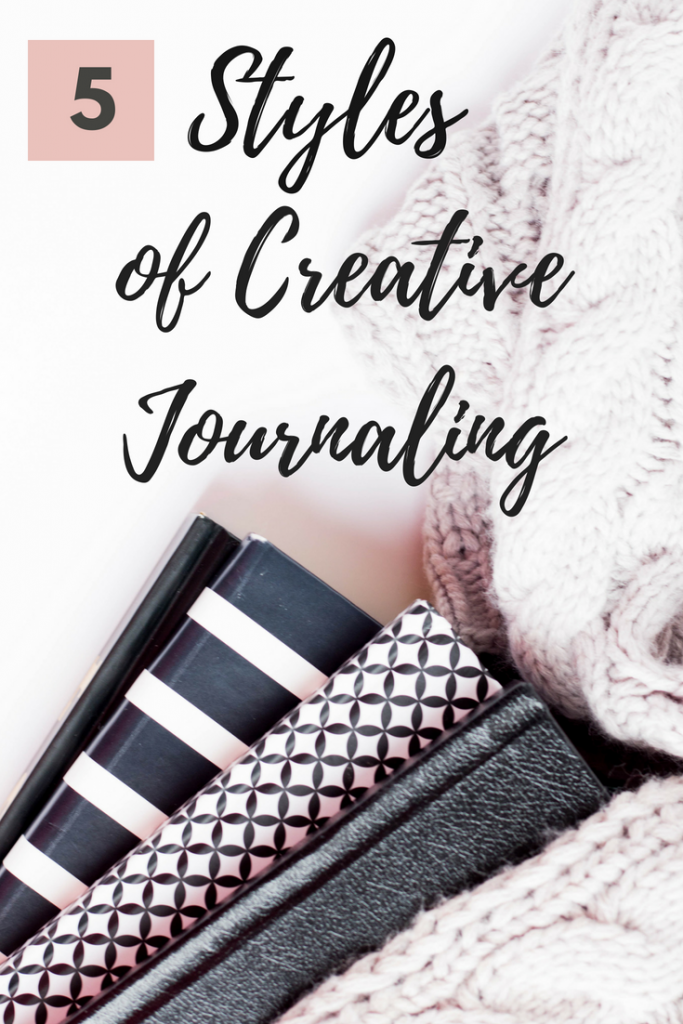
Disclosure: Sometimes my work here (and all around the web) contains affiliate links. Find out what that means here.
If you’re running short of creative journaling ideas, it can be beneficial to experiment with different styles of journaling. Today, we’re outlining 5 styles of creative journaling and the benefits they can deliver.
Creative writing journal
Written journals are probably the most common type of creative journal. You can use one for ‘free writing’, brainstorming ideas, or jotting down your experiences, thoughts and insights.
It’s worth noting that a creative writing journal is different from a traditional journal. You’re not (necessarily) using it to get your feelings out or talk about your day. Instead, you’re using it for inspiration and to record ideas, thoughts and emotions that may spark creative projects. You might want to jot down random insights or connections your brain makes, or record a snippet of dialogue you overhear.
Your feelings or your daily activities can result in an essay, story, book or article, so it’s fine to write about them, but a creative writing journal should be much more than that. I use my printable journal, but as I’ve mentioned before in this series, if you want a physical journal, I love this one and this.
Art journal
An art journal is perfect for artists and graphic designers. Use it to draw, paint, sketch and doodle. As with a written journal, there are no rules, and you never have to show your journal to anyone, which can be artistically freeing.
Art journaling ideas are everywhere. Go somewhere new to sketch each day, or sketch the same view at different times of day (this one is interesting in a city park, or a street that sees very different levels of activity throughout the day). Try to find something unique to sketch in your own back yard every day for a month. Or do a month of sketching your child or pet in different situations.
Do some artwork ‘from your brain’ as well. Rather than trying to reproduce a scene or create something specific, just let your creativity flow and let inspiration come from the inside. I love this cute little art journal and it’s so easy to carry around.

Scrapbook
A scrapbook is one of the easiest styles of creative journaling you can do. You simply cut out images, quotes or anything you find inspiring and stick them into the journal. You can look over all of the things you’ve stuck into the scrapbook whenever you need a little inspiration, and they may well spark creative ideas.
Some people use a journal (or a section of their journal) as a ‘vision board’, pasting in images of everything they want to attract into their lives, both material and spiritual.
Prompt journal
Another style of creative journal which can help trigger and nurture creativity, is a prompt journal. This is basically a journal which asks you questions each day. You can either pick these journals up online, or you can create one yourself.
The idea is, each question is designed to make you really think before you write your response. You’ll get used to analyzing the questions and answering them in as much detail as possible. The answers themselves can help spark creativity.
My Do Less But Better printable journal comes with 20 pre-written prompts, as well as blank pages for creating your own prompts.
Mind mapping journal
Mind mapping is a journaling technique that is highly inspiring for some creative people. It’s a visual style journal, similar to scrapbooking, but rather than cutting out random images and sticking them in the journal, mind mapping works by recording your ideas in a visual way.
With a typical mind-mapping technique, you’ll write down the main theme of your idea, draw a big circle around it, then think of other ideas which relate to it. You then connect your sub ideas to the main idea, creating a mind map.
These are just 5 styles of creative journaling you can try out. Each has its own benefits and potential drawbacks which need to be considered. Think about the style you’re most likely to benefit from and remember, once you start it’s important to keep it up.
Can’t wait to start journaling? Consider grabbing a copy of my ‘instant download’ Do Less But Better printable journal. It has prompts, drawing/mind-mapping pages, and lots of quotes to inspire your creativity.
Doing our 5-day journaling challenge?
Today’s tasks are:
Try at least 3 of the journaling techniques above, even if you don’t consider yourself (for example) an artist, or a mind-mapper. You could take a single idea and write a paragraph about it, draw a sketch that represents it, and then mind-map it.
Commit to continuing your creative journaling habit, for at least a month. This is the end of our challenge, but hopefully just the beginning (or perhaps re-kindling) of a highly creative habit for you.
Before you go… I have free gifts for you. Check them out here.
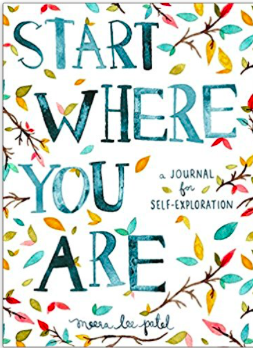
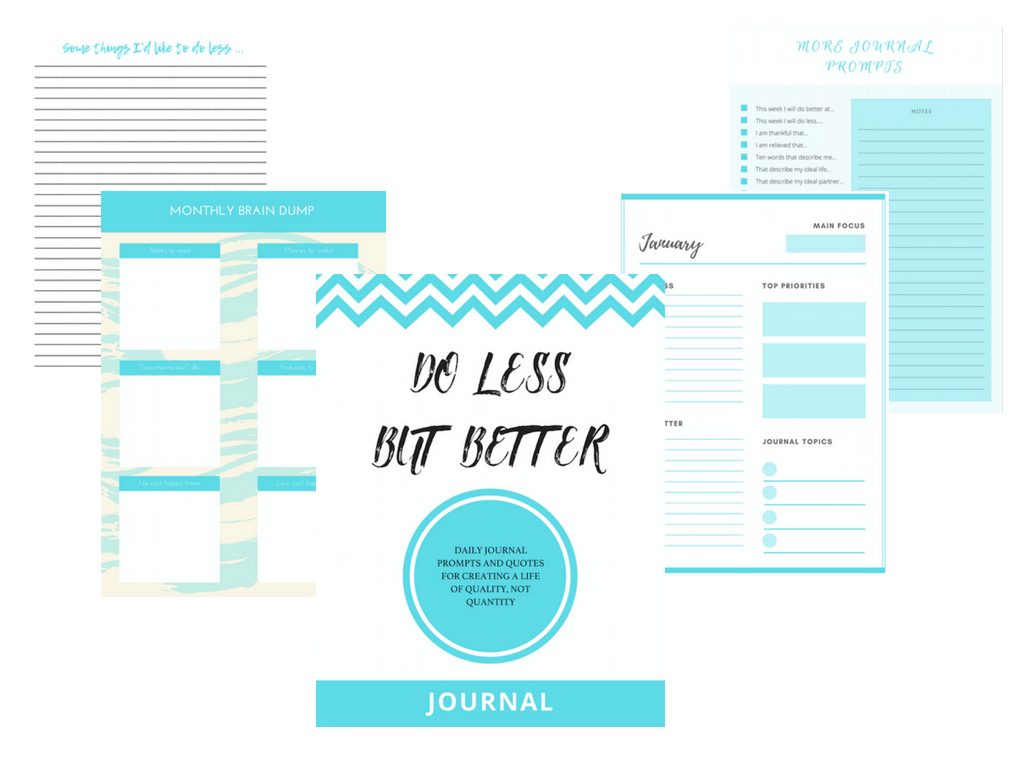
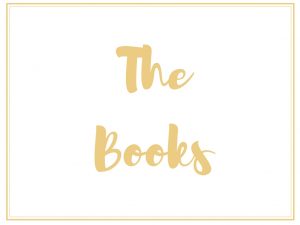
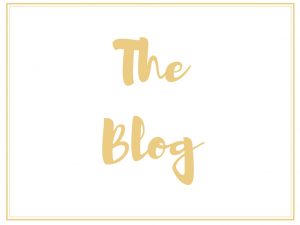
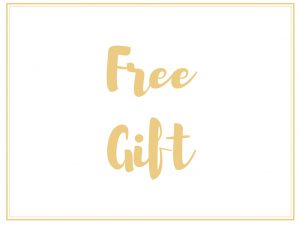


Adwaitha
May 2, 2021
i recently stumbled into the amazing world of journaling, and i have to say there is something so very freeing about seeing your thoughts on paper, organized and pretty. I just bought a new journal and i hope to turn it to an amalgamation of evrything you’ve described here.